
The first of several trips to Beijing, China was a 2-part trip — the first part found me in a wonderfully dilapidated part of the Great Wall of China an hour’s drive outside the city, the second part of the trip found me in downtown Beijing.
After work was done I had a day to bounce around town and ignorantly discover the city. From this I gained first hand experience on the vibe of the city, and some things to do in Beijing, China — revealed to you here.
First — as with any place you travel to — is to understand where in the world you are. You’d be surprised how many times you might fly into a place and only have a casual idea of where you are. A 50,000 foot view of the map shows Beijing to be in the Northeastern part of China — with Mongolia just to its West, and with North and South Korea just to its East, the Yellow Sea at its mouth, and Shanghai way South.
1. Getting Around Town by Subway
Beijing has an extensive subway system. It is THE best way to get around town. The subway is easy to use despite everything being in Chinese. The Maps have English Chinese names of stations.
Paying for a ride is similar to the Metro in Washington, DC — the price is dependent on how far you are going — so you look on the map to see what station you want to go to, find the price, and then double it you want a return trip. You do this by machine — and get a fare card that you use to enter the subway and then also must use it on exit (so don’t lose it, and keep it handy).
The subway itself is much like the New York City subway — it seems to have been built to pattern itself after NY.
When I was there in 2011 and 2013, China subways were ahead of NYC and Washington DC in terms of video ads playing on and in the subway cars themselves.
The stations and the pedestrian tunnels in the Beijing Subway look and sound Just like NYC’s subway.
2. Tiananmen Square
I had one free day after work had ended to explore the city — so jumped on the subway to Tiananmen Square — a famous landmark which became infamous for the protests that were put down with emphasis by the Chinese government in 1989. At that time, China instituted ‘economic reforms’ to bring in a Capitalist economy, which essentially made the Communist government a totalitarian control state. There is a famous video of a protester standing in front of a tank — and the tank going this way and that not wanting to run over the guy. The Tiananmen Square protests are also called the Tiananmen Square Massacre. Estimates of the death toll vary from several hundred to several thousand, with thousands more wounded, according to a quick internet lookup.
Tiananmen Square is filled with tourists — all Chinese. In summer 2011 I was one of the very few Caucasians walking around and I expect that is the same way now.
Wherever I went — I was the only Caucasian guy.
When you get to Tiananmen Square you’ll notice that there are a lot of tourists who are occupied looking at five main attractions:
- The Forbidden City,
- The National Museum of China,
- The Great Hall of the People, and
- The Monument to the People’s Heroes.
- The Mausoleum of Mao Zedong.
That’s a lot to take in in one square.
3. The Forbidden City
Tiananmen is an ornate gate into The Forbidden City — the former Chinese Imperial Palace complex that is full of “opulent imperial gardens and temples” constructed from 1406 to 1420.
The Chinese name for The Forbidden City actually translates to “Purple Forbidden City” — the color purple a reference to the North Star. Today, the Chinese call it Gùgōng — a name in Chinese that translates to “the former palace.”
The palace complex consists of over 900 buildings. It served as the home of Chinese emperors and their households and was the ceremonial and political center of the Chinese government for over 500 years.
I didn’t go into The Forbidden City — but there are walking tours you should look into if you go.
4. The National Museum of China
The second most ornate and interesting building in Tiananmen Square is actually the National Museum of China. I didn’t go in but if you look it up on the internet, it looks like there’s some interesting things to see — if you like museums.
The video below starts by looking at the Great Hall of the People, then turns around and you see the National Museum of China, and then to the left is the Mausoleum of Mao Zedong, and to the right is The Forbidden City entrance.
5. The Great Hall of the People
There’s a huge governmental building in Tiananmen Square — that is The Great Hall of the People — similar to the Capital Building in Washington DC where congress holds court. The Great Hall of the People is where China is ruled.
6. Monument of the People’s Heroes
Also in the square is the Chairman Mao Memorial Hall which holds the Mausoleum of Mao Zedong, and the Monument of the People’s Heroes. Both monuments speak for themselves. The Monument of the People’s Heroes is at the very end of the video below.
6. The Streets of Beijing
Once I’d seen Tiananmen it was off to see how the people lived. I took the subway back to an area in the inner city and started walking around not really having a clue where I was going.
Beijing is much like Brooklyn, NY — a lot of 3 to 4-story buildings and very condensed. There are also many high-rise apartment buildings as well as the walkups. Current estimates say 20 million people live in Beijing.
7. The Cars
Once upon a time, during Communist days, China was known for its bicycles. Everyone rode bicycles and we’d see the pictures in the American press. But China is a Big country — the same size as mainland US — and people need cars to get around. Preferably Big cars — because the driving distances can be long. This is not Japan, or Korea or Thailand — this is China.
So you see a lot of big cars — and many American and German cars — not many Japanese cars. There were a number of Hyundai’s. I saw more American cars than I’d see in the US — lots of Buicks and Chevy’s and then also lots of Audi’s and Mercedes.

8. The Bicycles
The bicycles haven’t gone away — there are probably just a lot less than the old days.
9. Toro Toro Taxi Volkswagen
Besides Subway and walking, Beijing has an extensive bus system and then also you can grab a cab. Again very few Japanese cars — a great majority of the taxis when I was there in 2011 were Volkswagen Jetta’s and Hyundai’s.
10. The Great Canal
What’s your favorite canal?
Erie Canal? Suez Canal? The Panama Canal? The Gowanus Canal?
The Great Canal comes up in the top 5 list of most famous canals — it is the longest canal on the planet. And it originates in Beijing, China.
Beijing as a city has been around a long time — it dates back centuries. It is much older than the typical American city. And so it has canals — which were ‘the’ way to enable transport of grain and other goods years ago.
A canal is a man-made river, essentially. The Great Canal bounces through Beijing and then makes a run due south down towards Shanghai (see map above) — utilizing natural rivers along the way. In Beijing there are other canals that branch off from the Great Canal to get one around the city by boat.
Now that there are cars and roads and bicycles and subways, Beijing doesn’t really need the canals anymore, but you can’t just fill them in so easily — so they are still there — being utilized in all sorts of ways.
10. Women Walk Arm in Arm
Women typically walk arm-in-arm in Beijing. That is something that you don’t see in the West.
11. Food
Having stayed at a 5-star Hotel in the mountains an hour outside of Beijing by the Great Wall for the first part of the trip –and therefore having to eat the rather nice hotel food — the second part of the trip in Beijing allowed me a chance to sample the local eateries.
I bought a cooked chicken from a stand outside a local eatery and brought it back to the hotel room. It tasted Great. What was interesting was the way it was preserved — in a big leaf of cabbage or something — and prepared — it was the whole chicken, including the head — which is normally cut off in the West.
12. Starbucks
Beijing is so much like NYC, especially Brooklyn — especially Brooklyn these days with the massive influx of Chinese into Borough Park, Bay Ridge and Bensonhurst in the last 15 years — you almost don’t feel like you’re in a foreign city at all if you are from New York.
And yes there are Starbucks all around.
One thing different — in 2011 — there were a lot of Costa Coffees — now those you don’t see in the US.
13. Beijing Has Waterways Out to the Yellow Sea
On flying into Beijing, I arrived at night. The flight out of Beijing was at 5 pm, which allowed a view of the skyline of the city and the area around it. You could see the waterways that fed in and out of Beijing to the Yellow Sea.
14. More Pix
Below are more selected pictures of my first of several trips to Beijing.

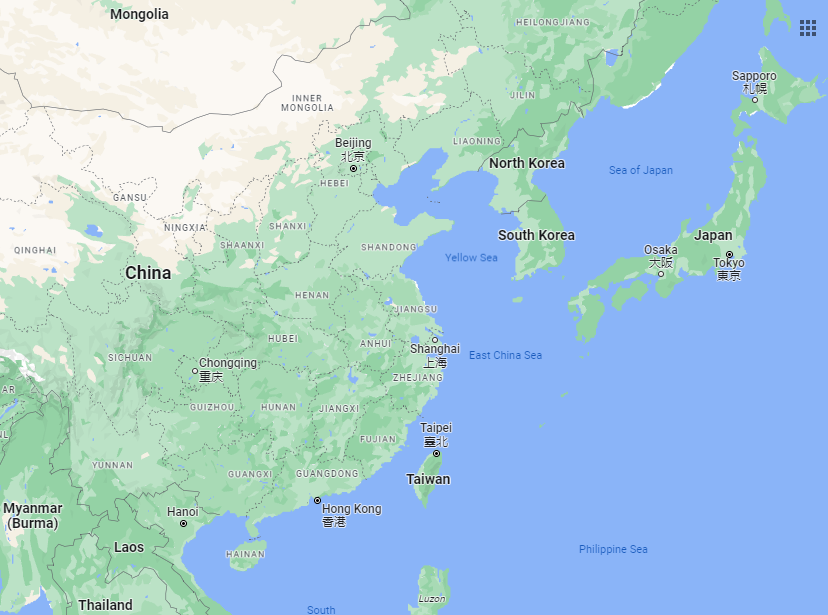
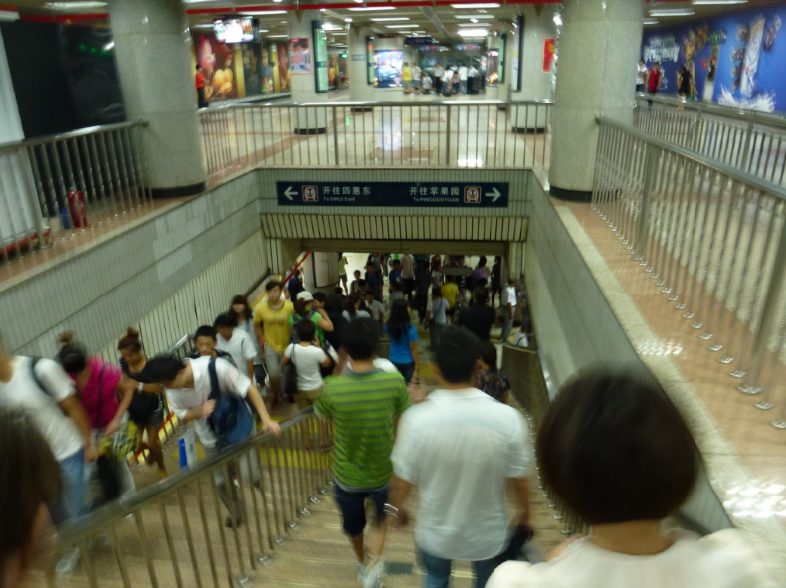

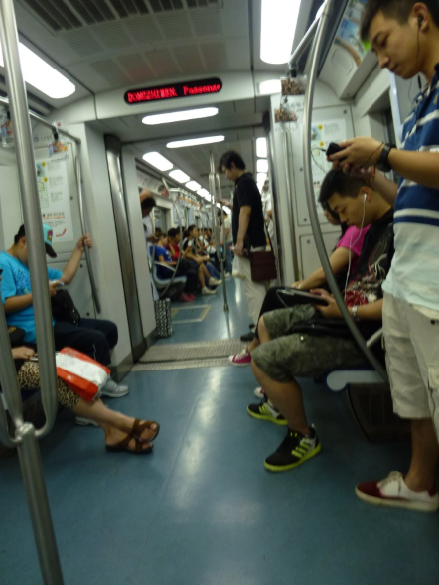
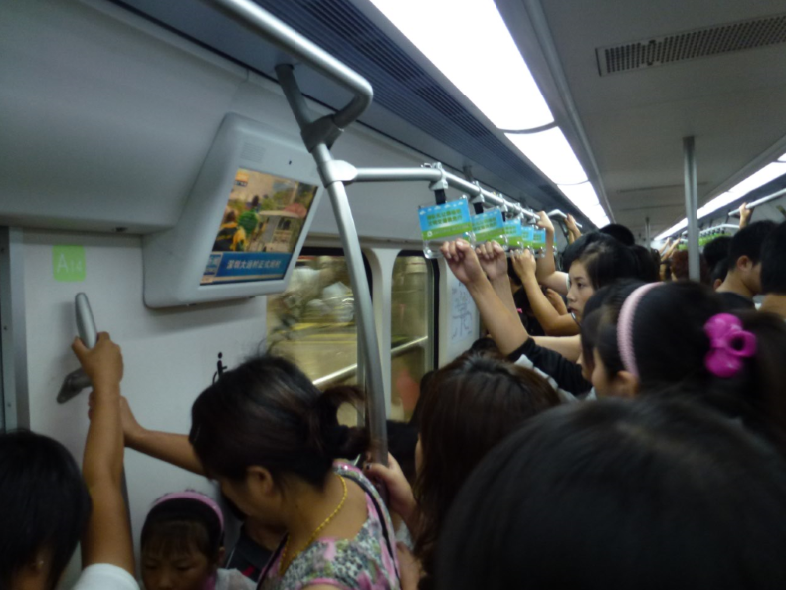

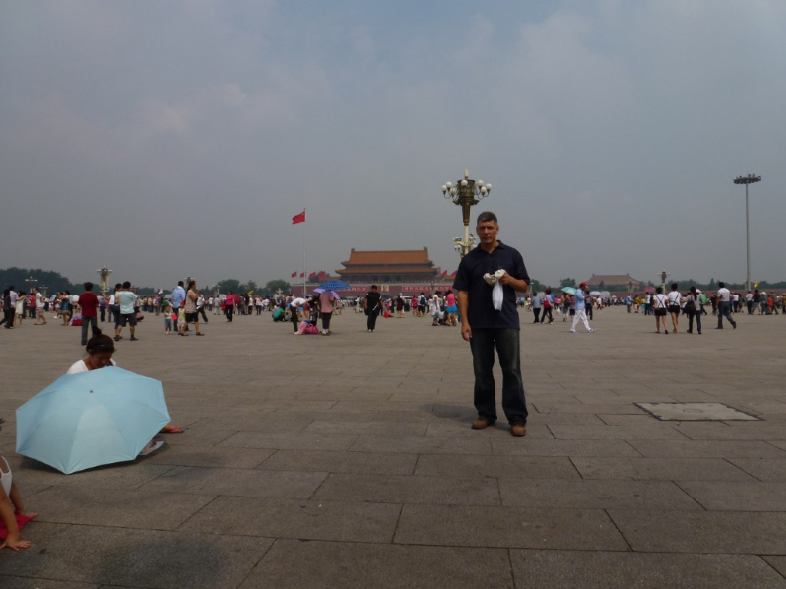
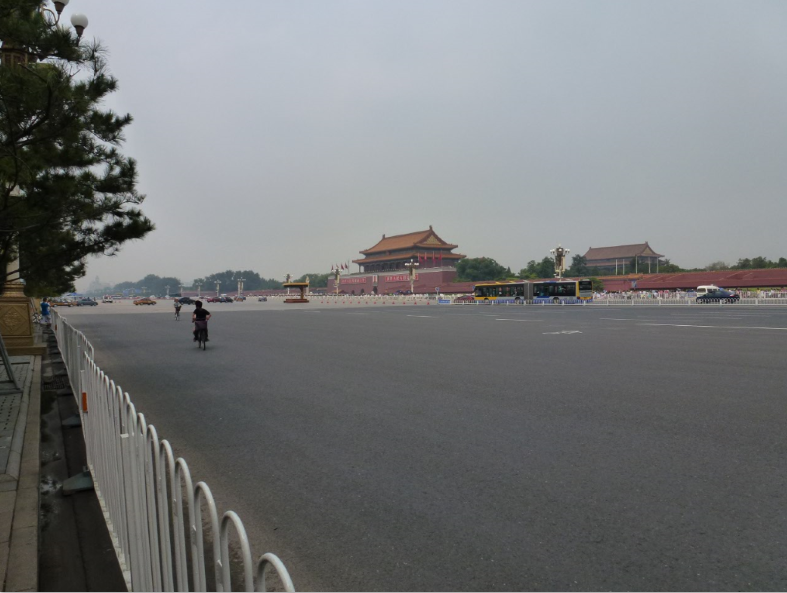
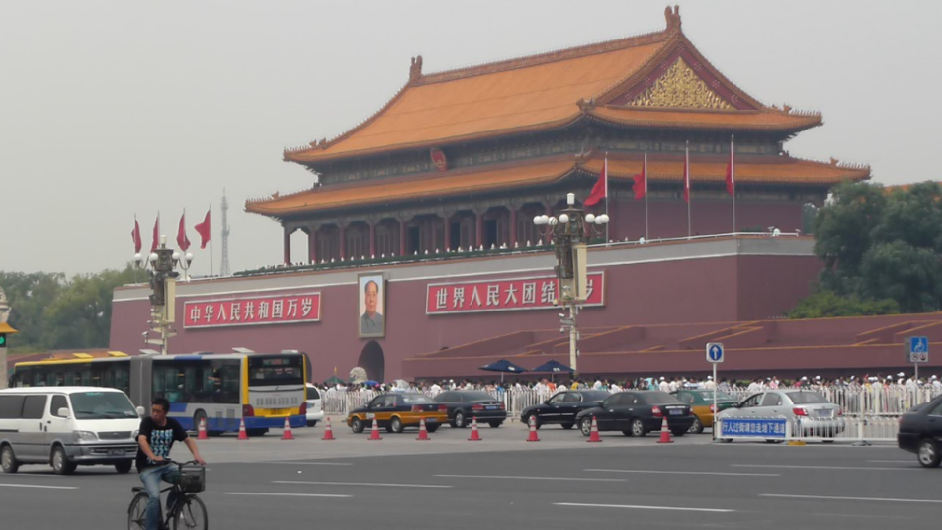
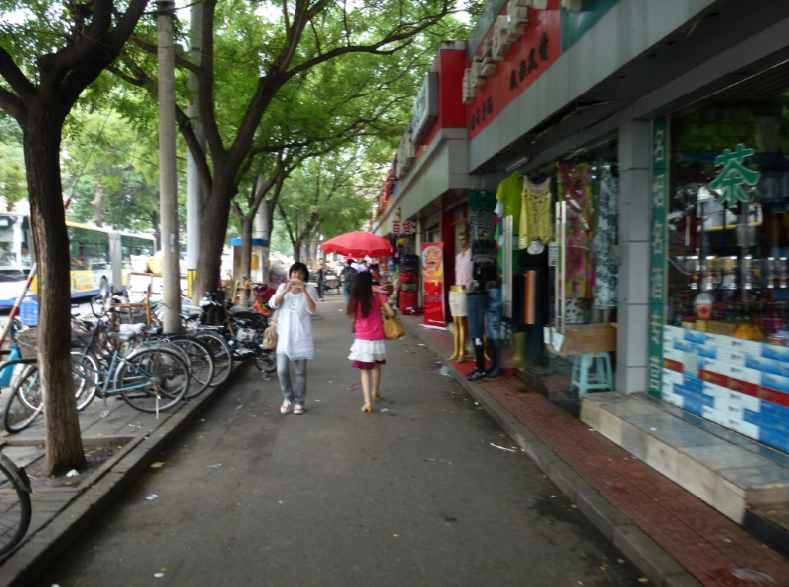
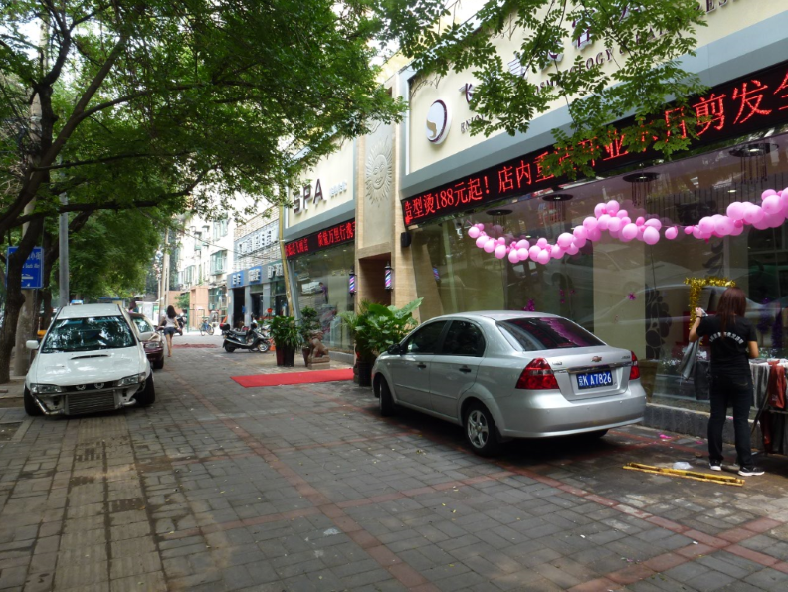
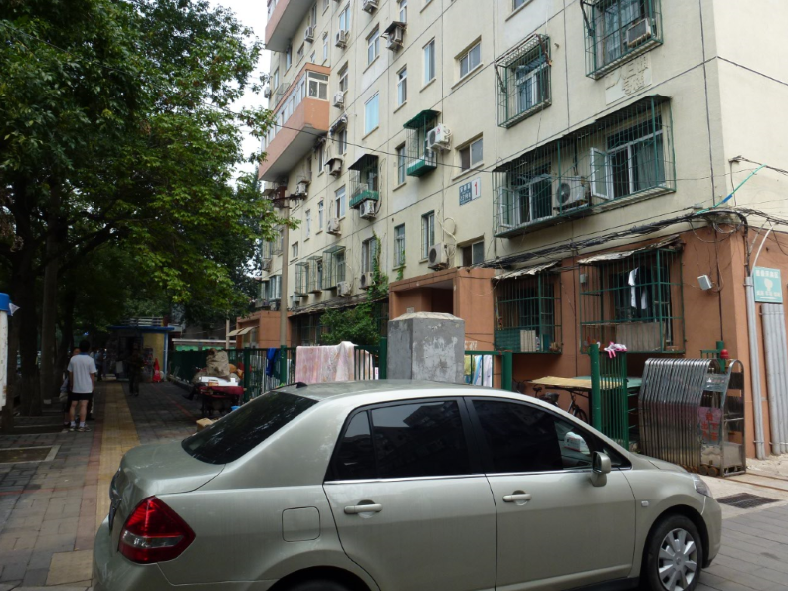
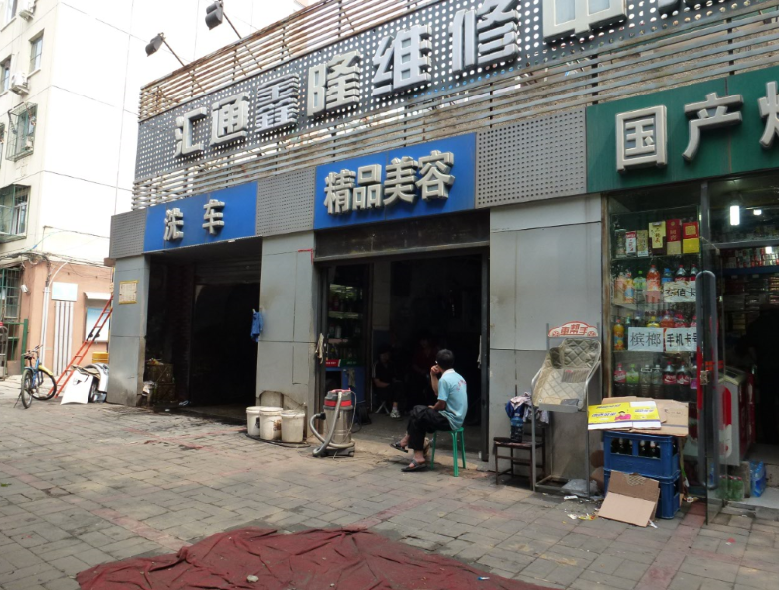
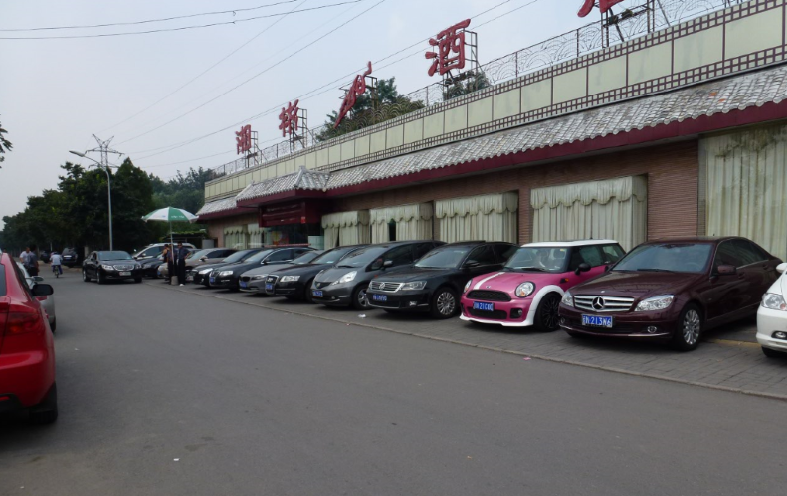
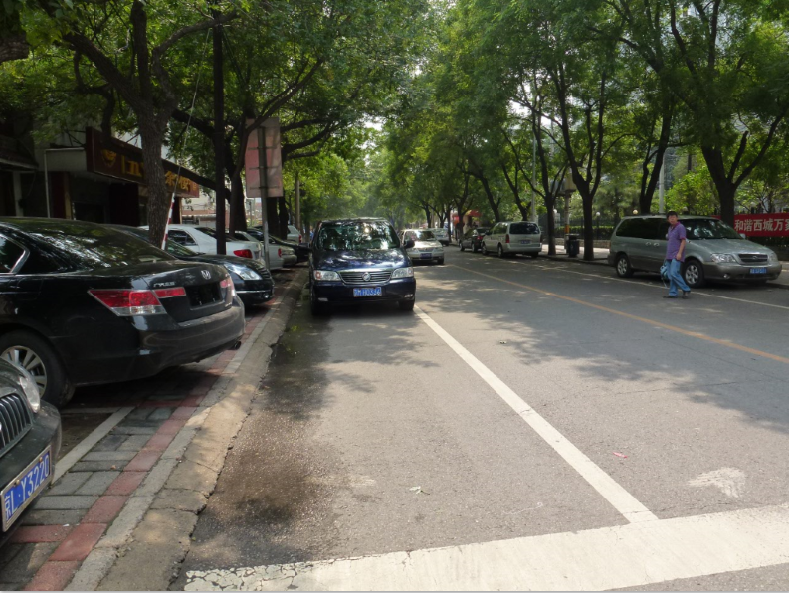
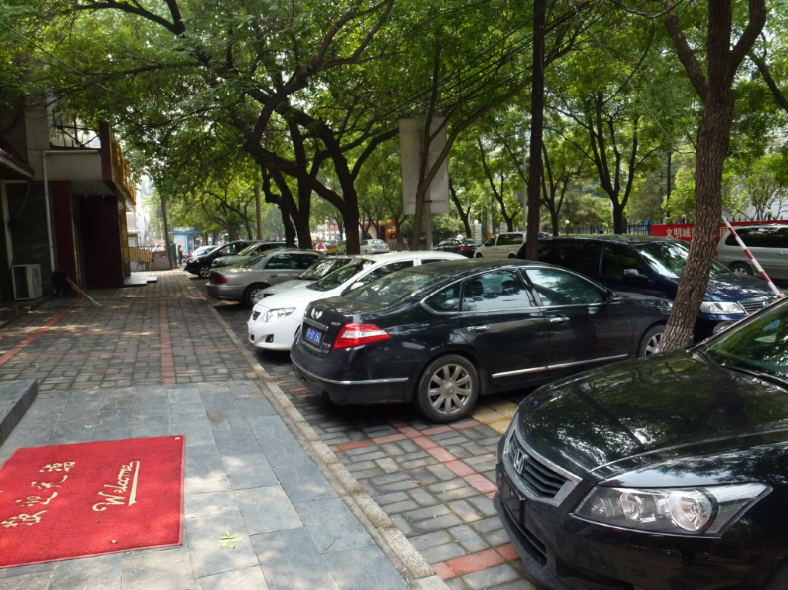
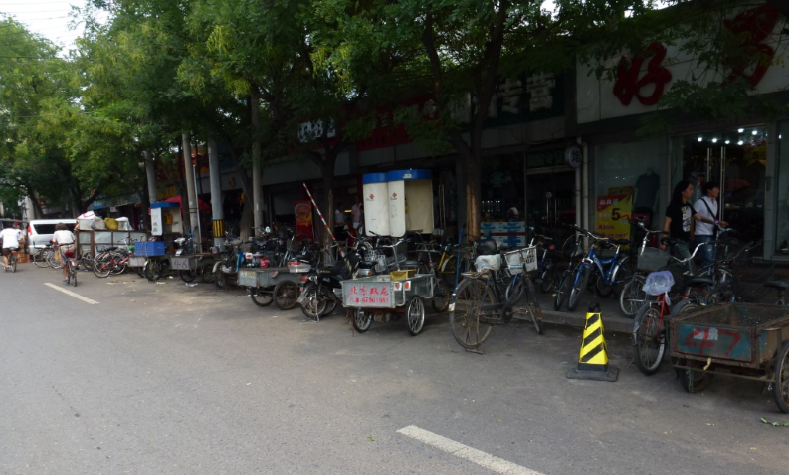

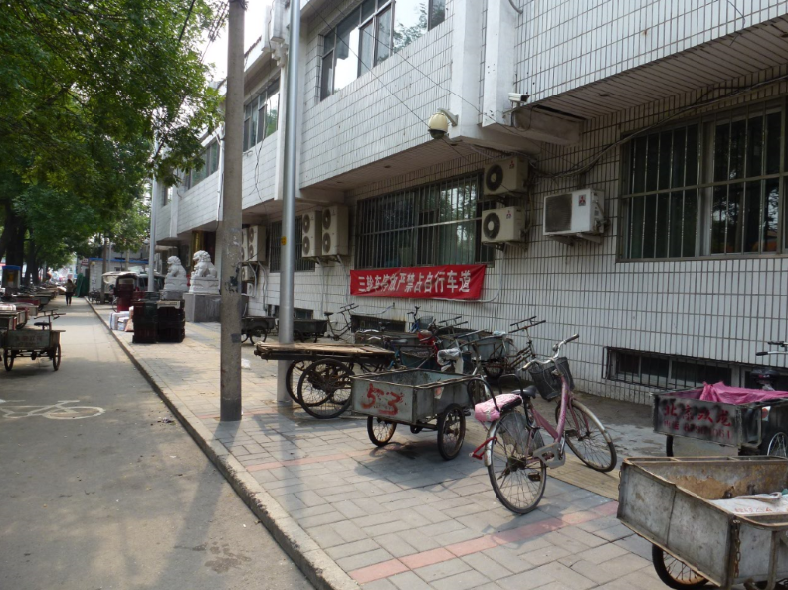
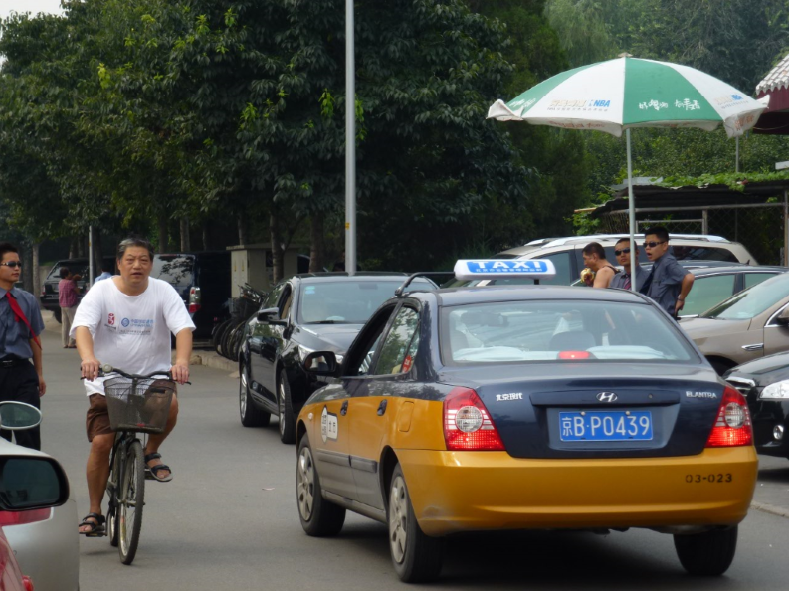
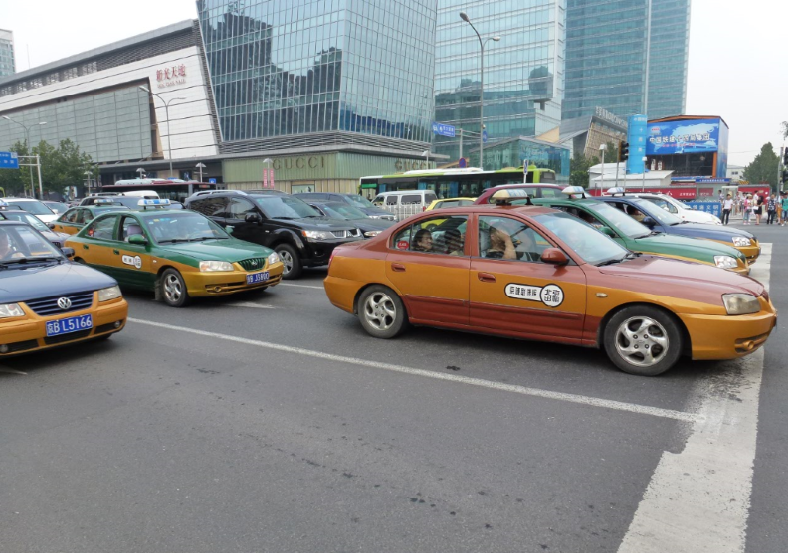
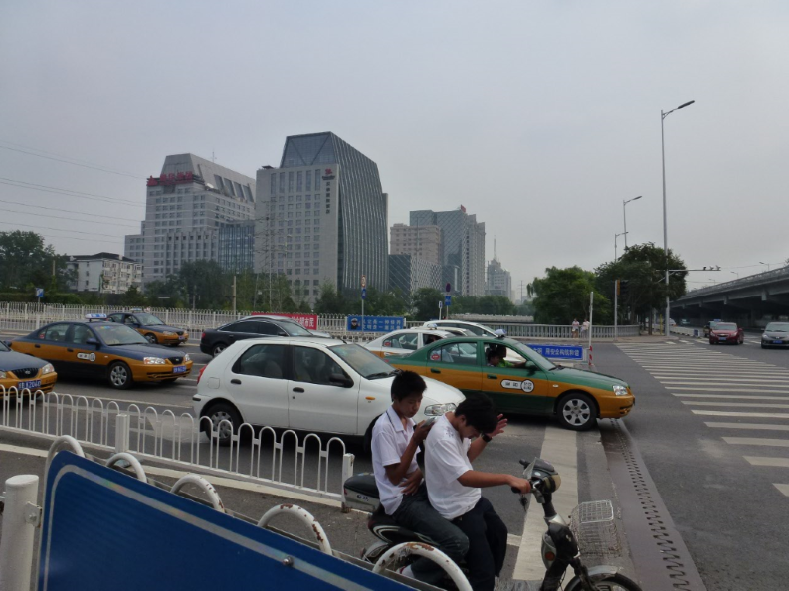
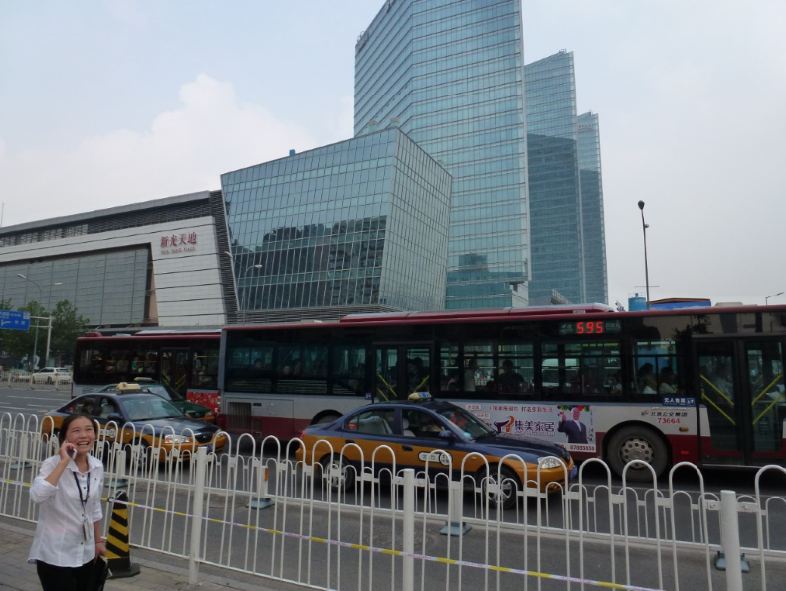
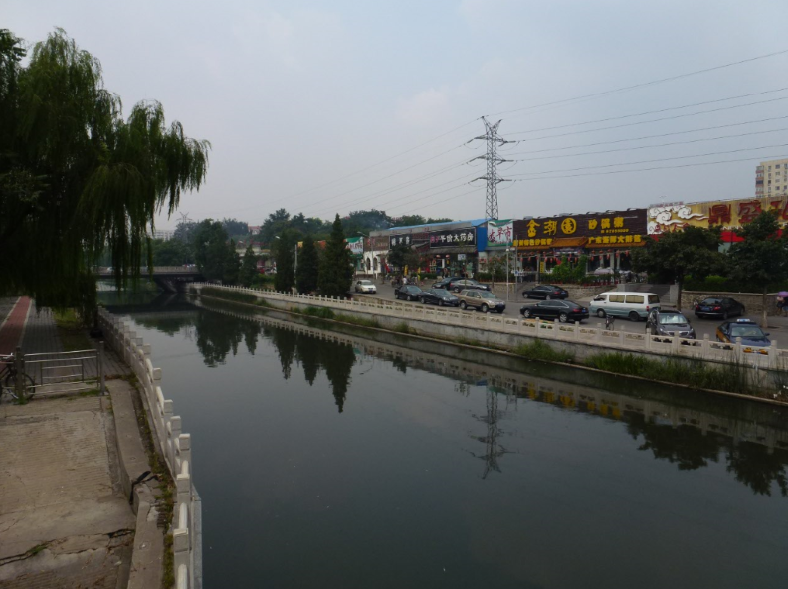
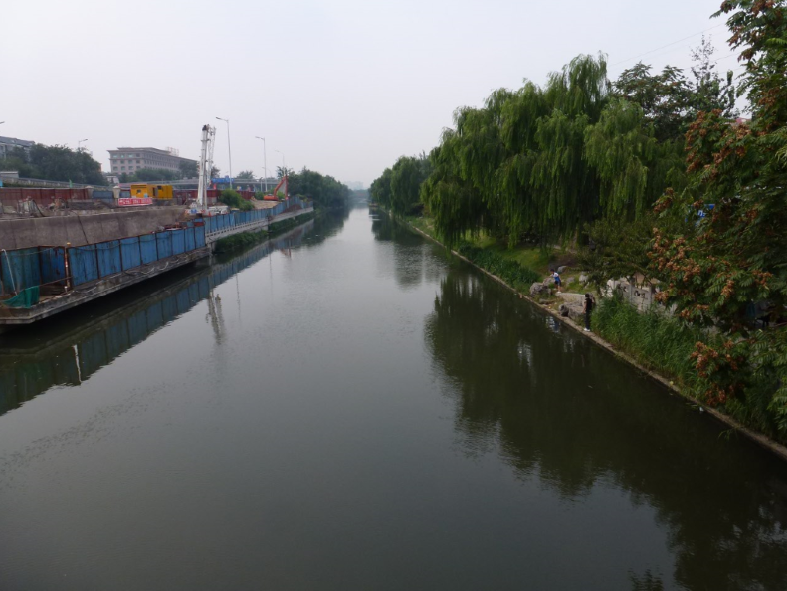
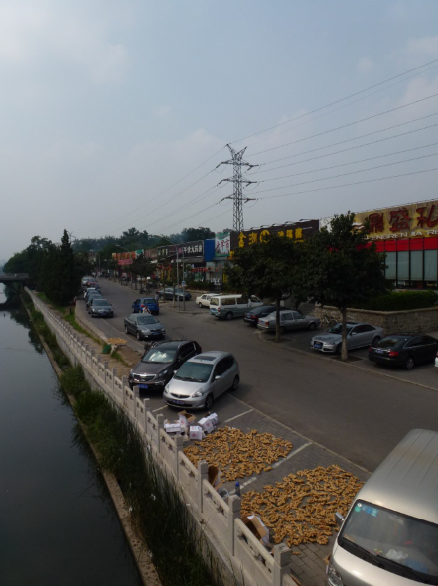
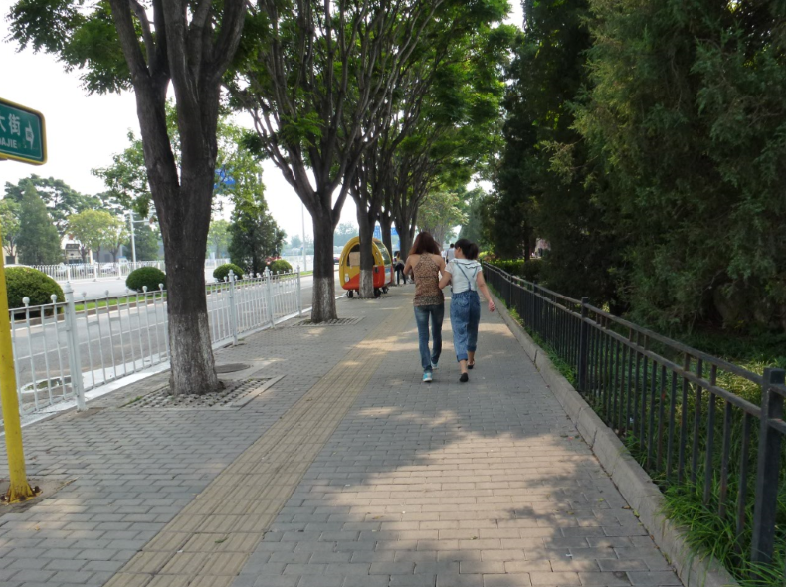
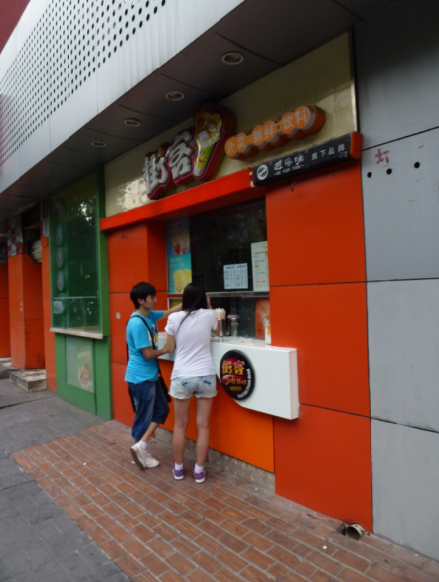
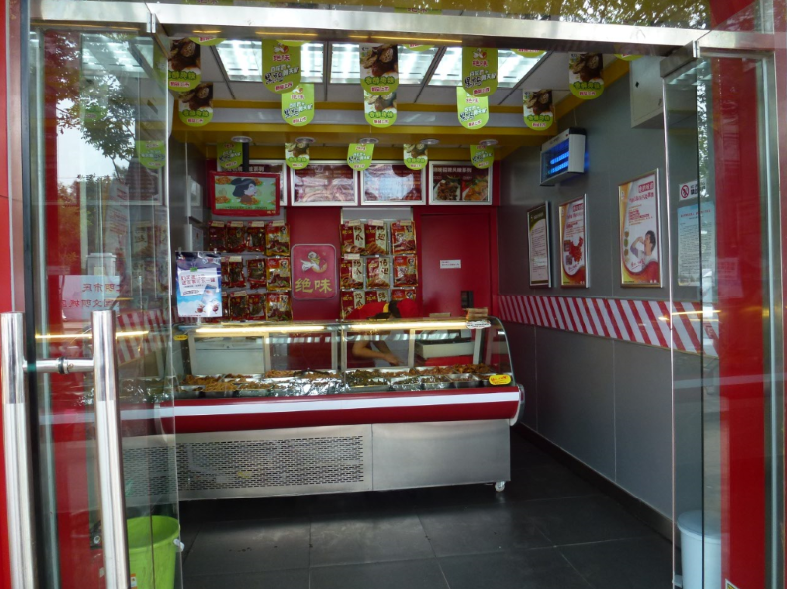
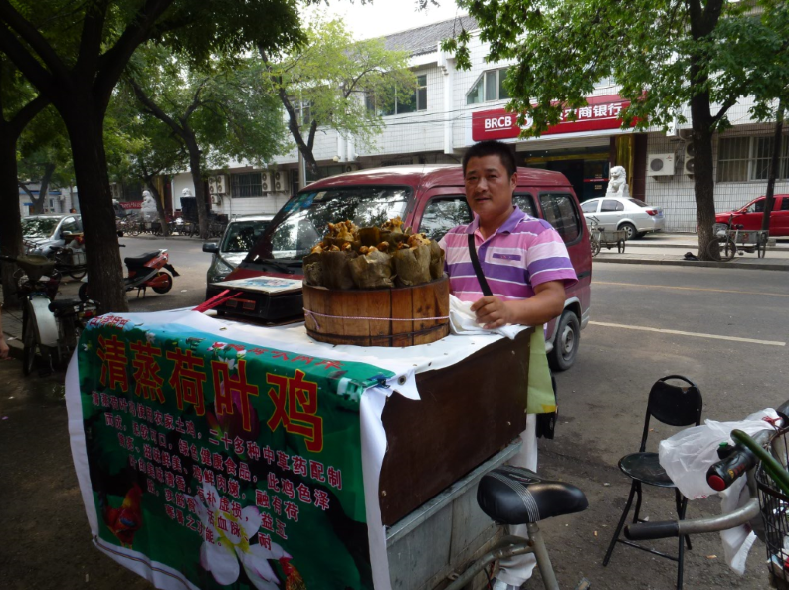

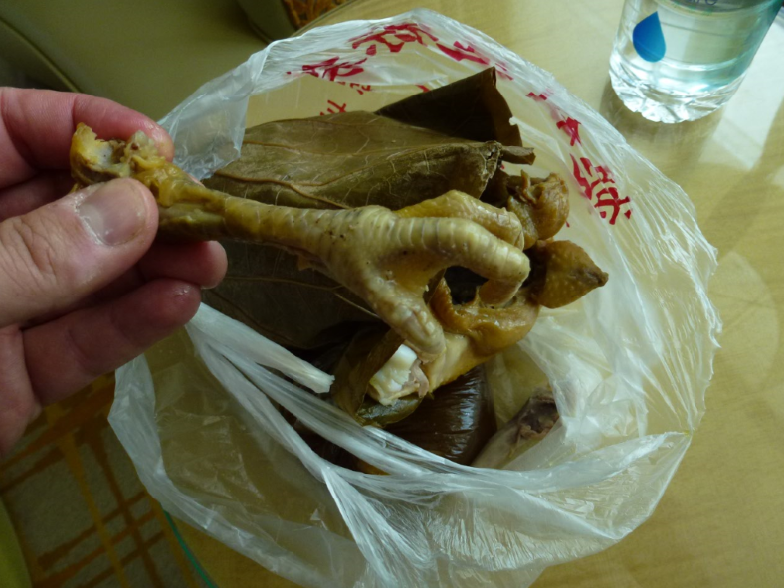
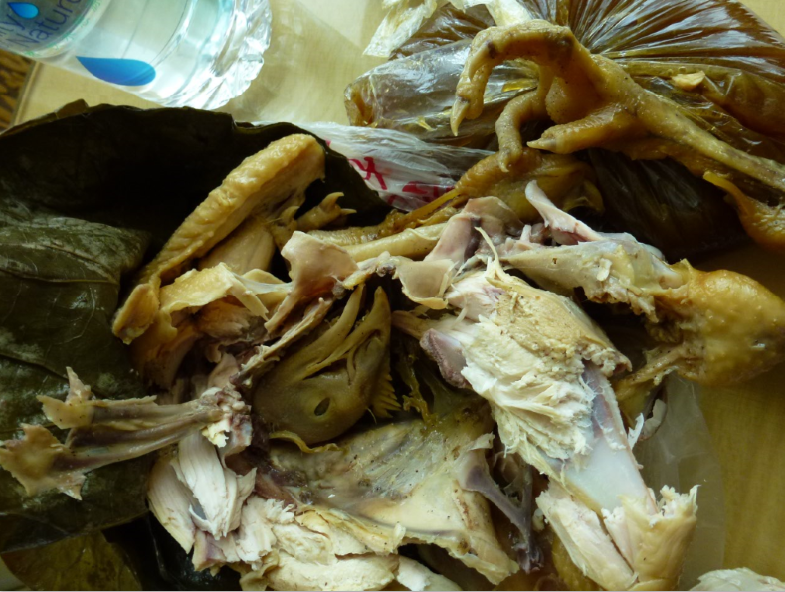
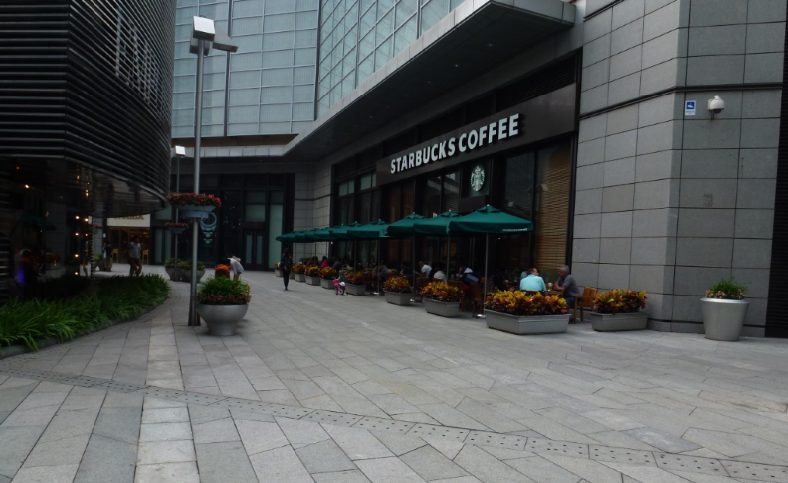
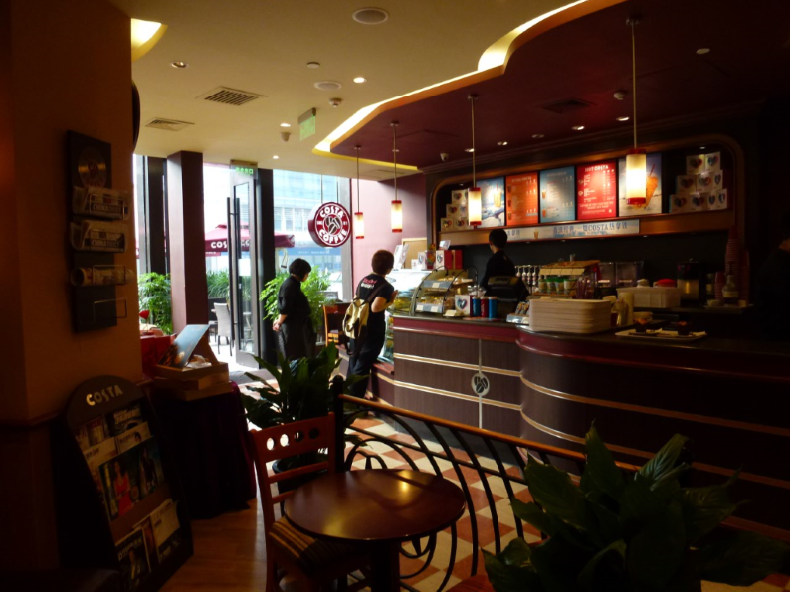
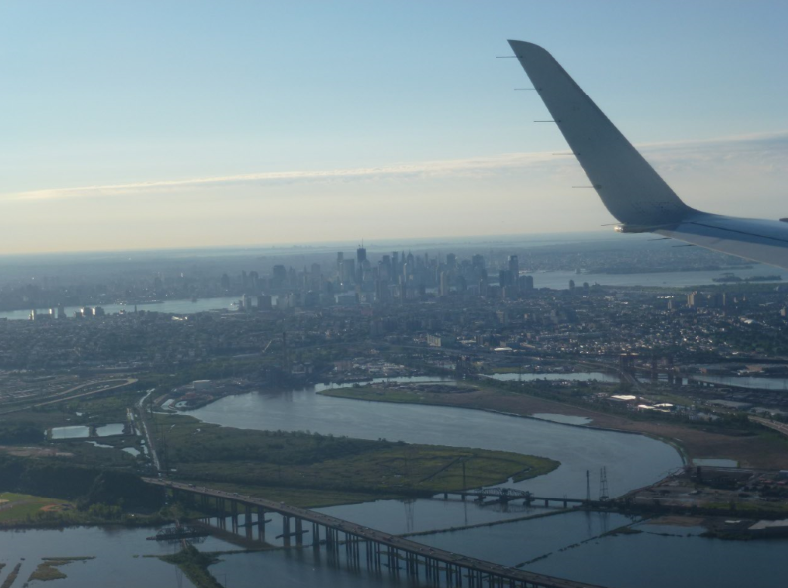
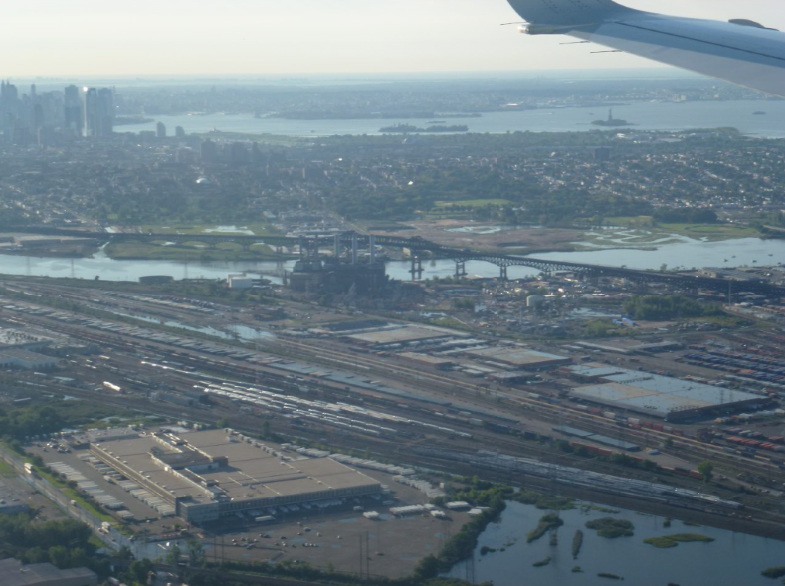
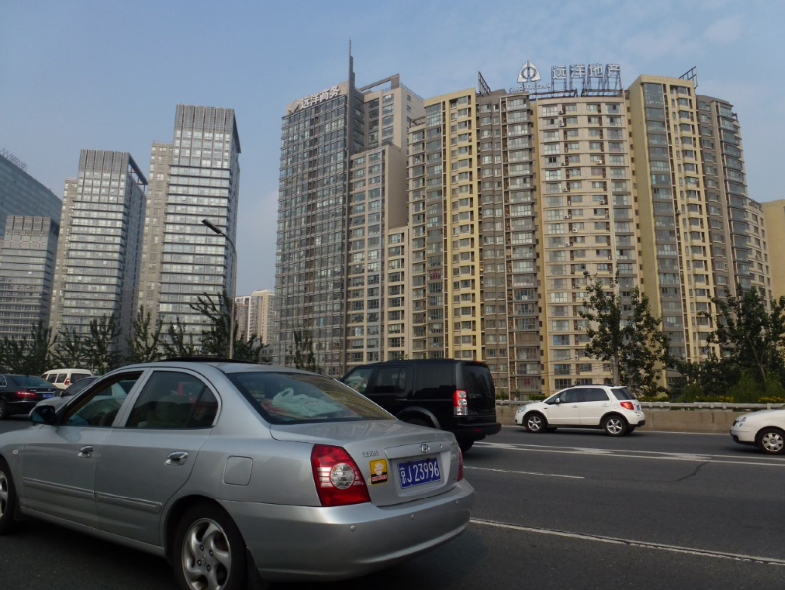
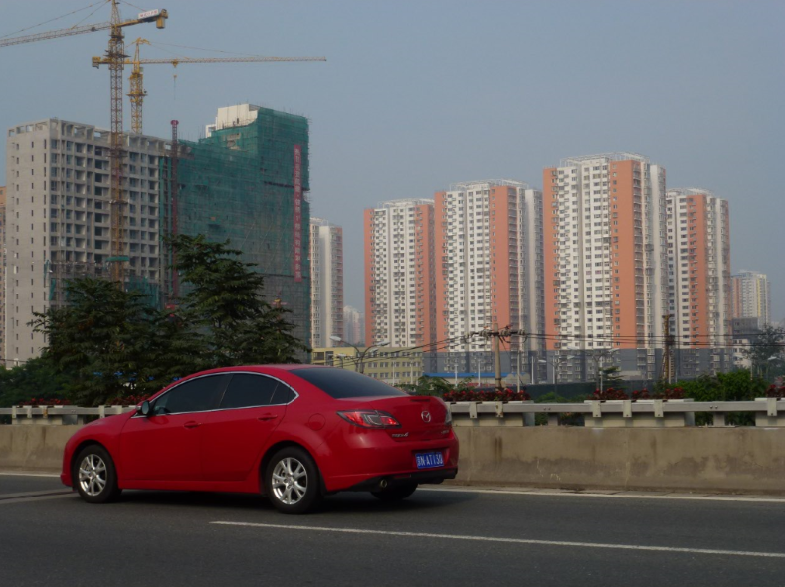
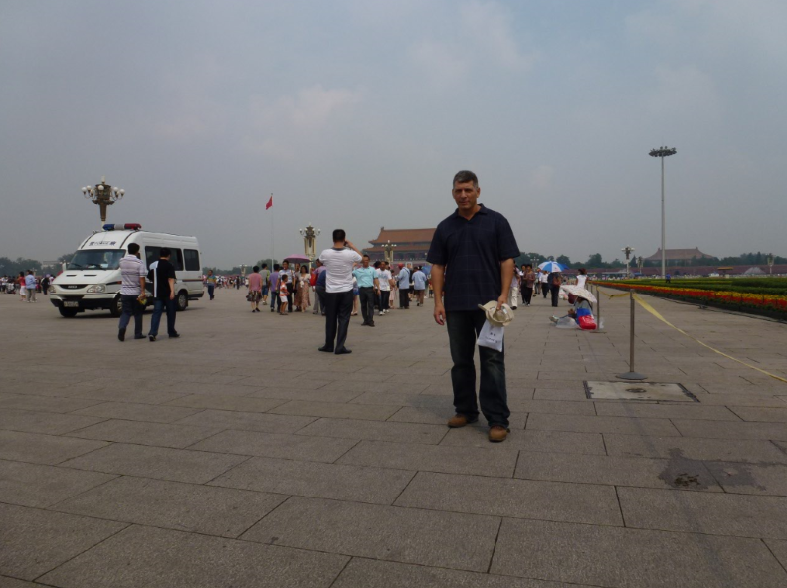
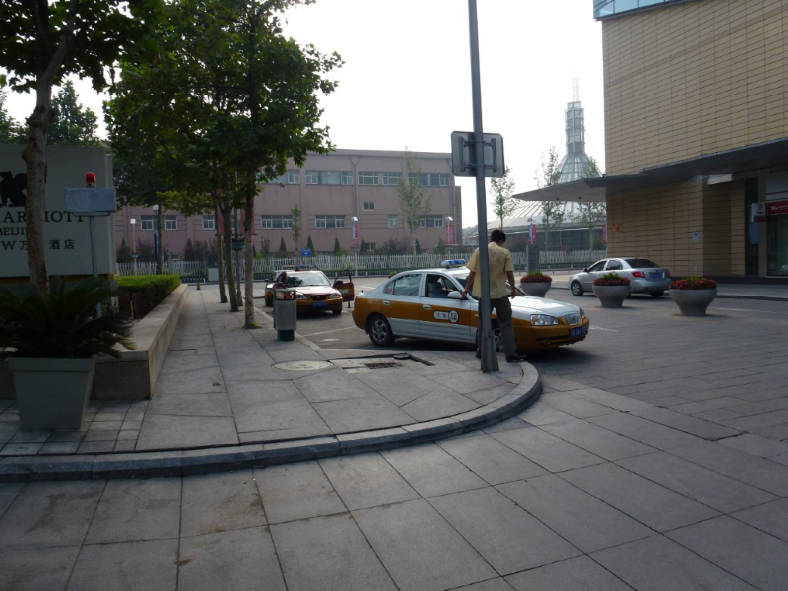
Be the first to comment